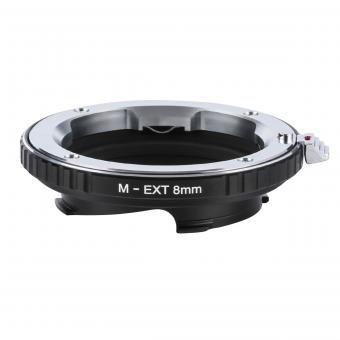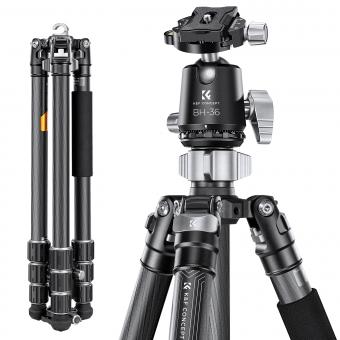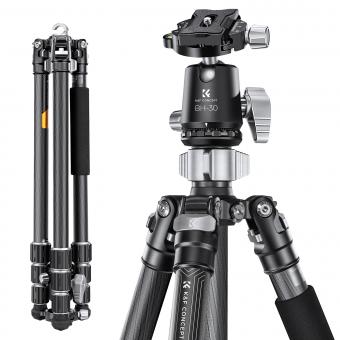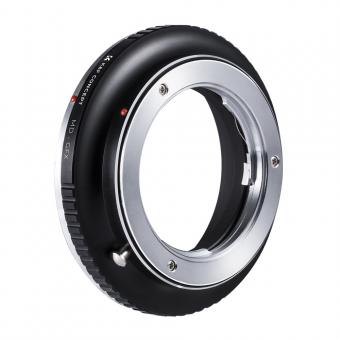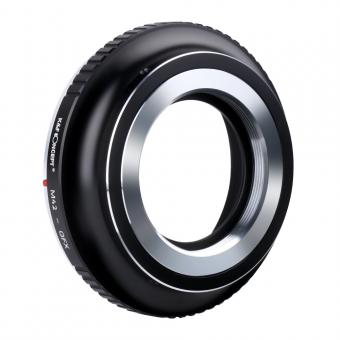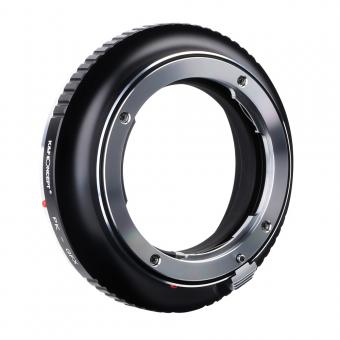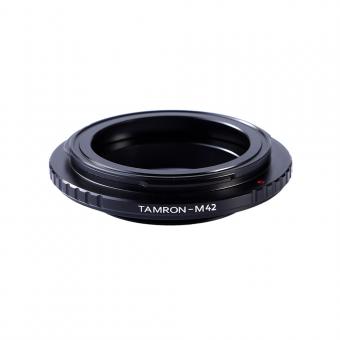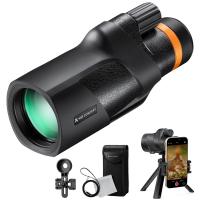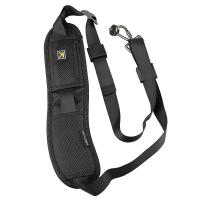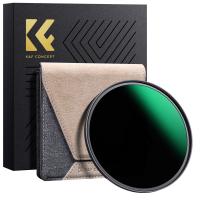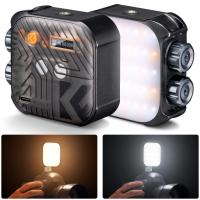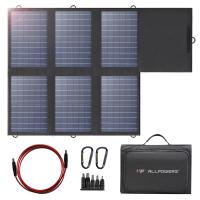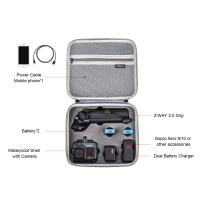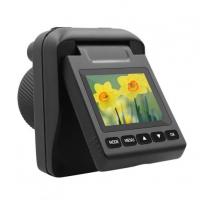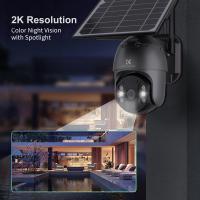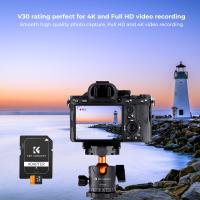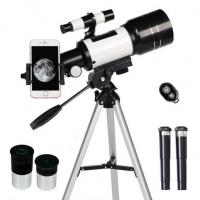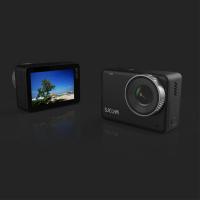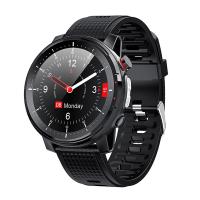How To Choose Camera Filter Size?
Choosing the right camera filter size is a crucial aspect of photography that can significantly impact the quality of your images. Filters can enhance colors, reduce reflections, and protect your lens, but selecting the correct size is essential to ensure they fit your lens properly. This article will guide you through the process of determining the right filter size for your camera lens, addressing common questions and providing practical tips to help you make an informed decision.
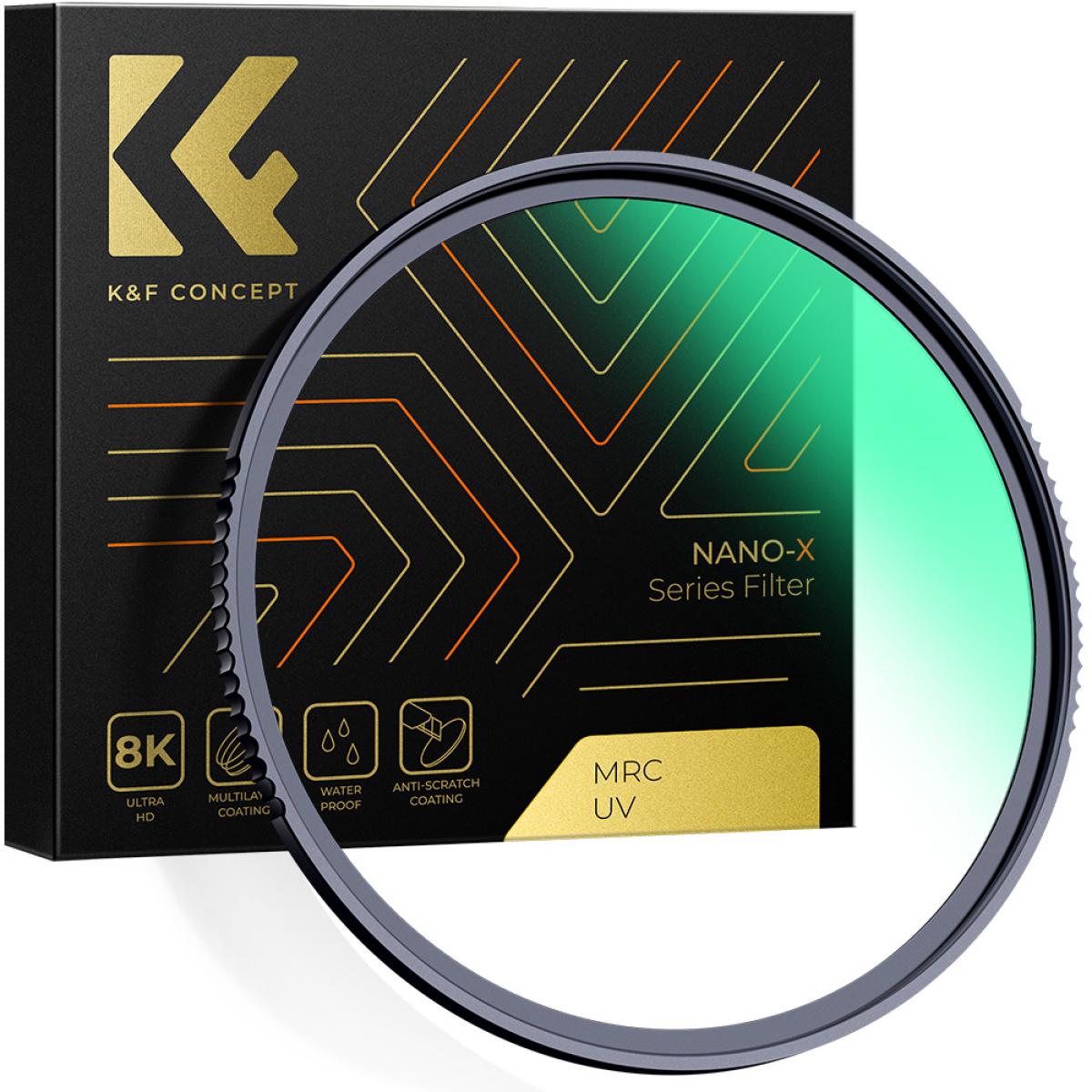
Understanding Camera Filters
Before diving into the specifics of choosing the right filter size, it's important to understand what camera filters are and why they are used. Camera filters are accessories that attach to the front of your lens to modify the light entering the camera. They come in various types, including:
1. UV Filters: Protect the lens from dust, scratches, and UV rays.
2. Polarizing Filters: Reduce reflections and glare, enhance colors and contrast.
3. Neutral Density (ND) Filters: Reduce the amount of light entering the lens, allowing for longer exposure times.
4. Graduated ND Filters: Darken specific parts of the image, useful for balancing exposure in landscapes.
5. Color Filters: Adjust the color balance of the image.
Determining the Filter Size
The filter size you need is determined by the diameter of your lens. This diameter is usually measured in millimeters (mm) and is often indicated on the front of the lens or in the lens's manual. Here are the steps to find the right filter size:
1. Check the Lens Markings: Most lenses have their diameter printed on the front, near the glass. Look for a number followed by the "Ø" symbol (e.g., Ø58mm). This number is the filter size you need.
2. Consult the Lens Manual: If the diameter is not printed on the lens, refer to the lens's manual or the manufacturer's website. The filter size is typically listed in the specifications section.
3. Measure the Lens Diameter: If you cannot find the information in the manual or on the lens, you can measure the diameter yourself using a ruler or caliper. Measure the outer edge of the lens to get the correct size.
Common Filter Sizes
Camera lenses come in various sizes, and so do filters. Some of the most common filter sizes include 49mm, 52mm, 58mm, 62mm, 67mm, 72mm, 77mm, and 82mm. It's important to note that not all lenses have the same diameter, so you may need different filters for different lenses.
Step-Up and Step-Down Rings
If you have multiple lenses with different diameters, buying a filter for each lens can be expensive. Step-up and step-down rings are a cost-effective solution. These rings allow you to use a filter of one size on lenses with different diameters.
- Step-Up Rings: These rings allow you to attach a larger filter to a smaller lens. For example, if you have a 58mm lens and a 67mm filter, a 58mm to 67mm step-up ring will enable you to use the larger filter on the smaller lens.
- Step-Down Rings: These rings allow you to attach a smaller filter to a larger lens. However, using step-down rings can cause vignetting (darkening of the corners of the image), so they are less commonly used.
Practical Tips for Choosing Filter Size
1. Buy Larger Filters: If you plan to use filters on multiple lenses, consider buying the largest filter size you need and using step-up rings for smaller lenses. This approach minimizes the number of filters you need to purchase.
2. Consider Filter Thickness: Some filters, especially ND filters, can be quite thick. Ensure that the filter does not interfere with the lens hood or cause vignetting.
3. Quality Matters: Invest in high-quality filters from reputable brands. Cheap filters can degrade image quality, introducing unwanted color casts or reducing sharpness.
4. Protective Filters: If you use a UV filter primarily for lens protection, ensure it is multi-coated to reduce reflections and maintain image quality.
5. Compatibility with Lens Caps: Ensure that the filter size you choose is compatible with your lens cap. Some filters come with their own caps, but it's always good to check.
Choosing the right camera filter size is essential for achieving the best results in your photography. By understanding the types of filters available and how to determine the correct size for your lens, you can make informed decisions that enhance your images. Remember to check the lens markings, consult the manual, or measure the diameter to find the right filter size. Consider using step-up rings to save money and invest in high-quality filters to maintain image quality. With the right filters, you can protect your lens, enhance your photos, and take your photography to the next level.


